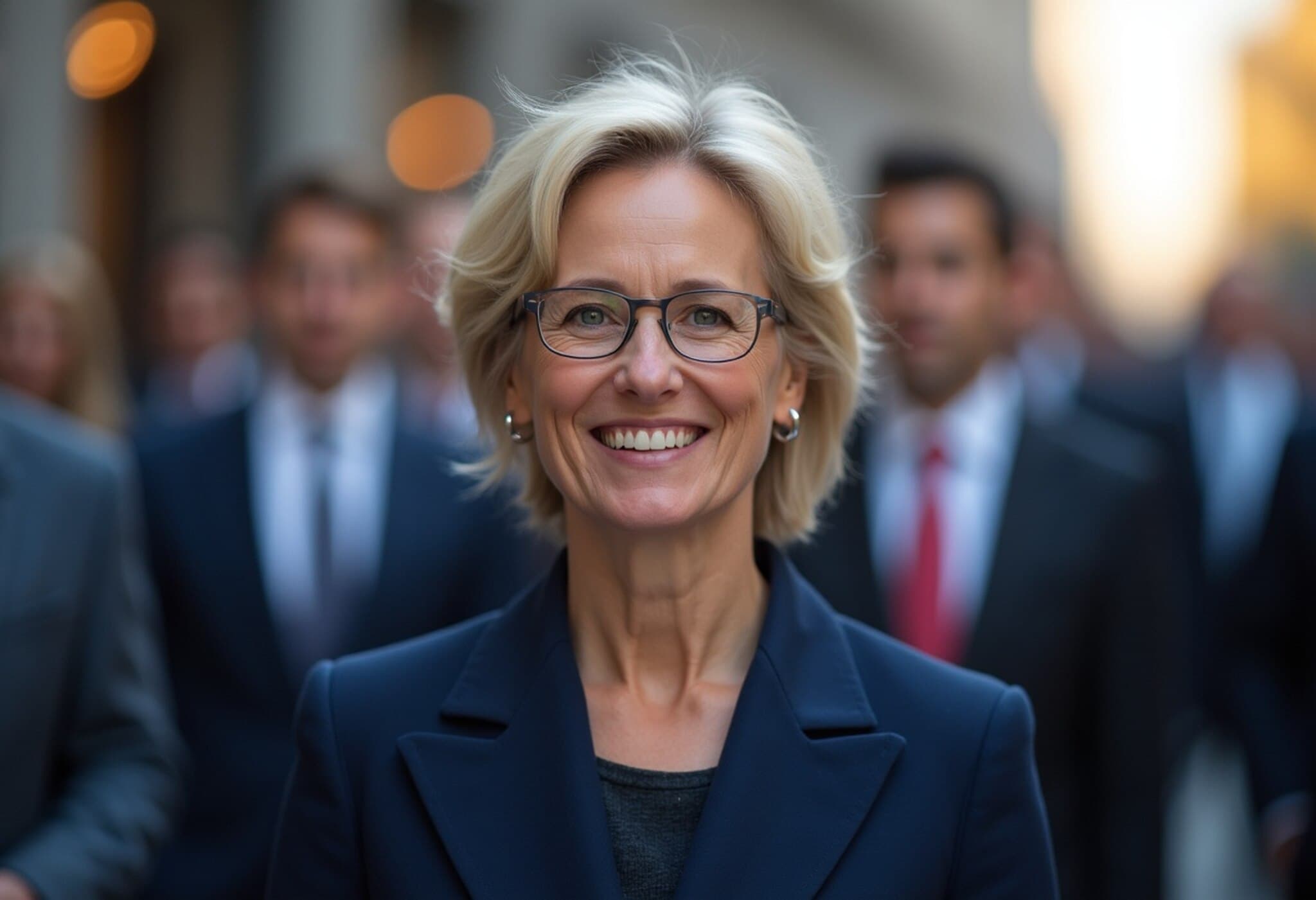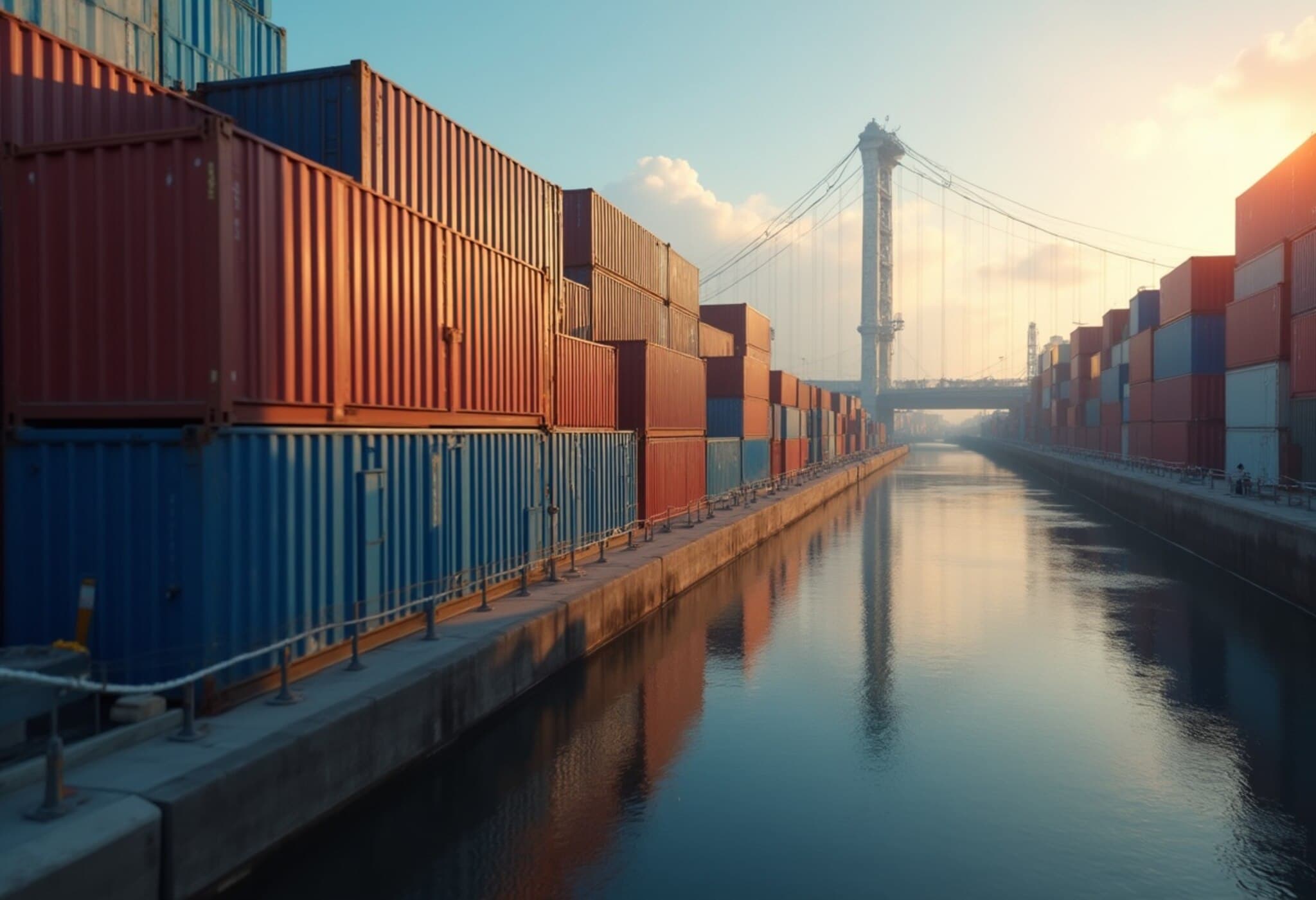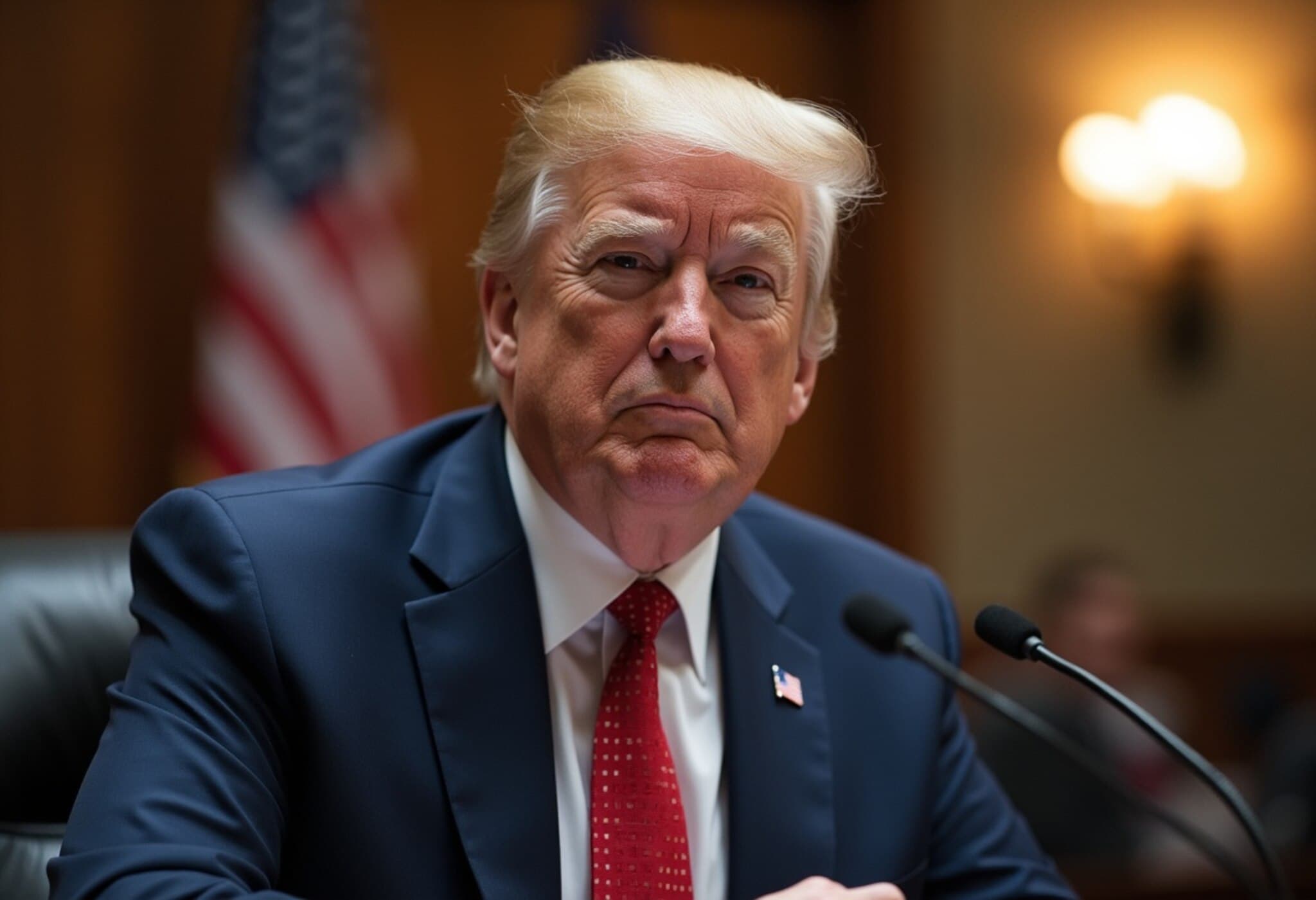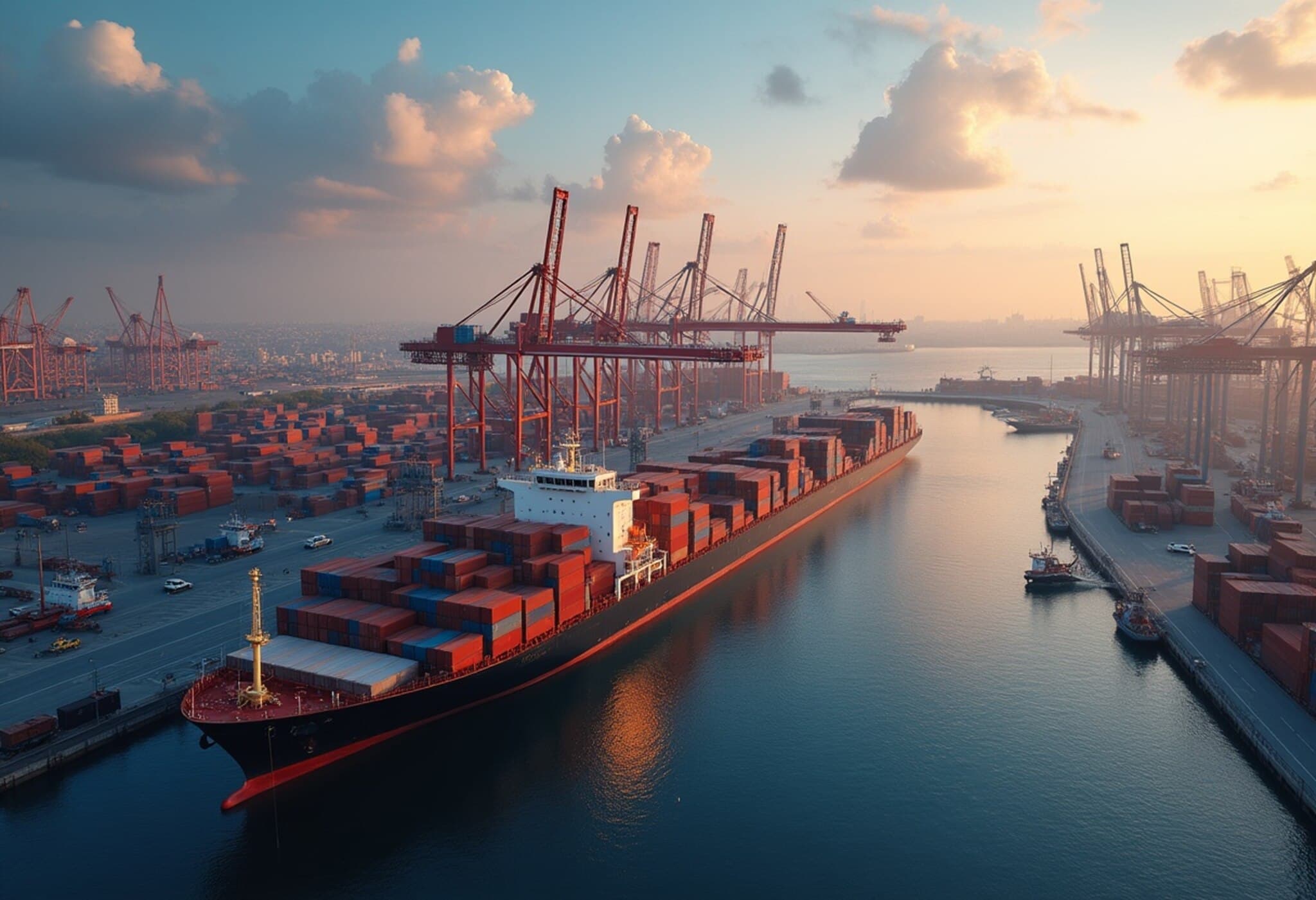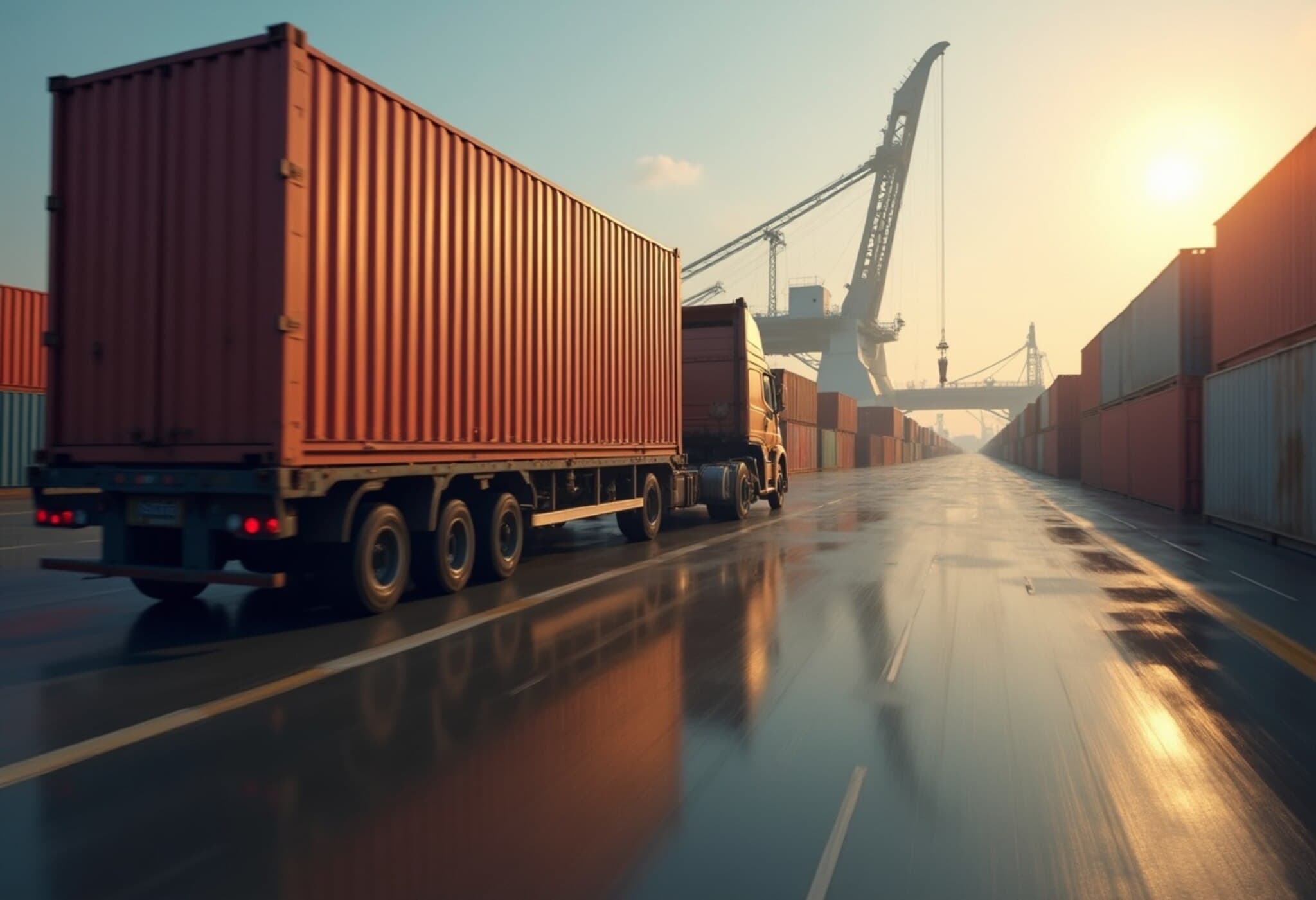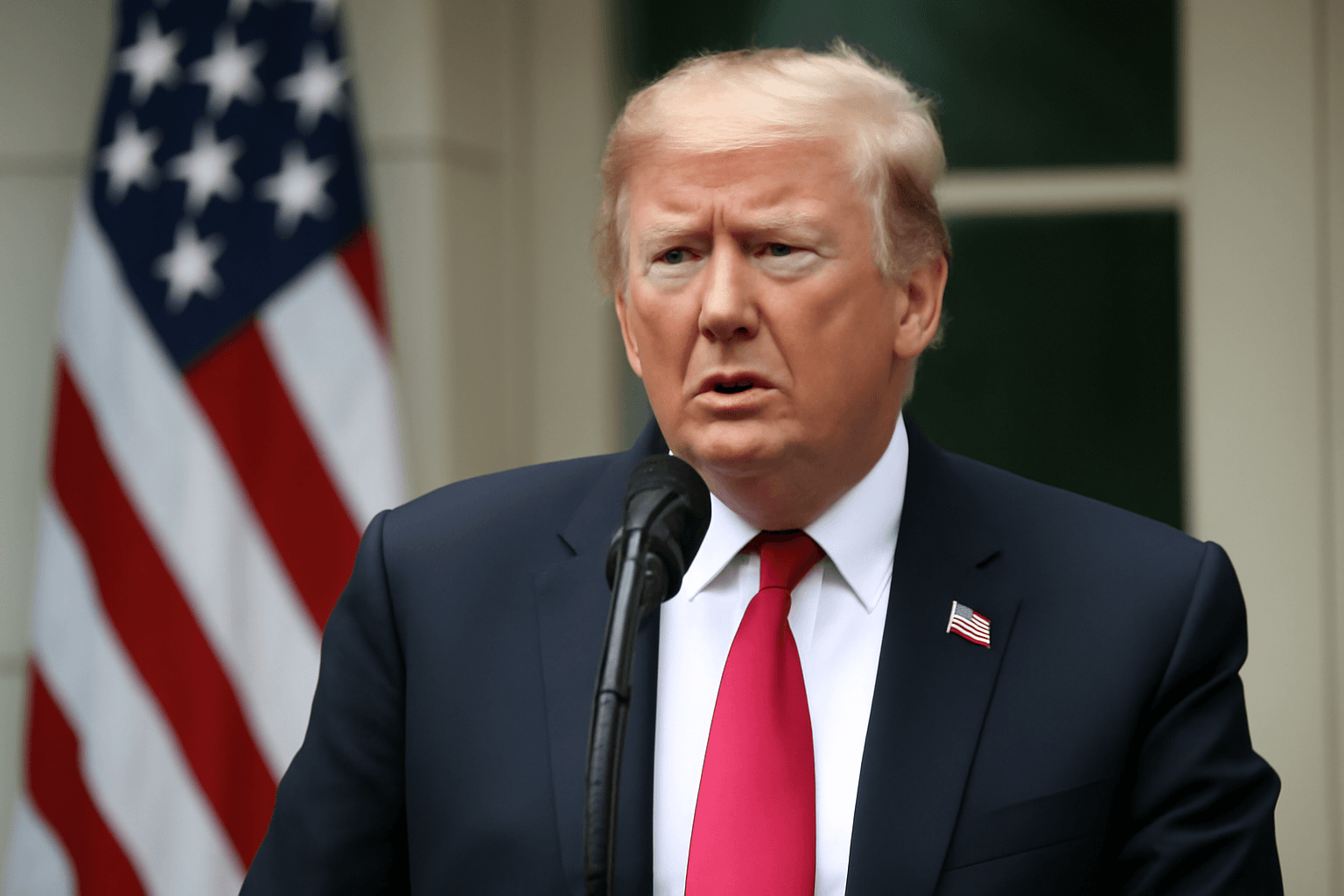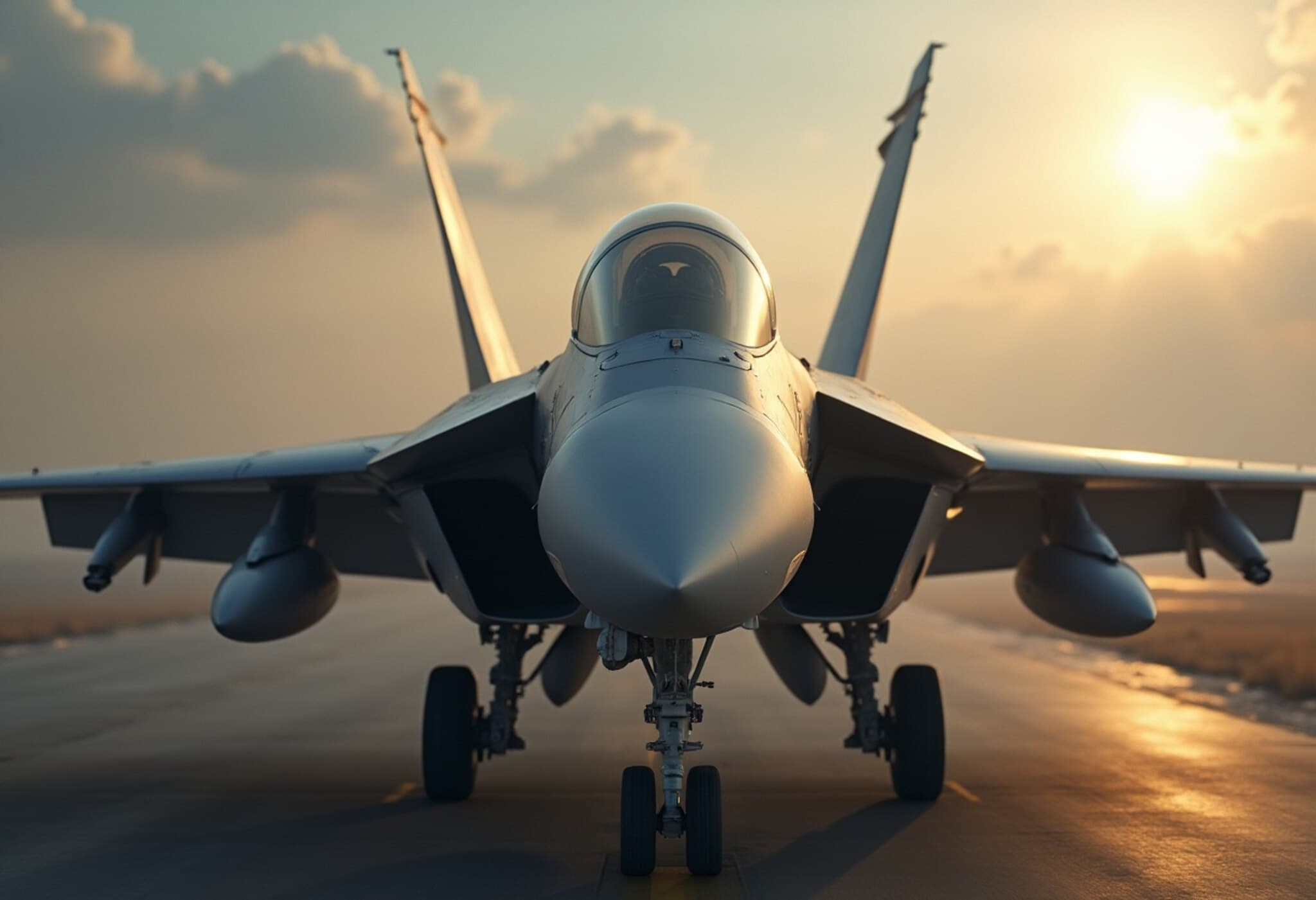US Maintains Position as India's Leading Trade Partner Amid Tariff Disputes
While international headlines spotlight President Donald Trump's decision to impose tariffs of nearly 50% on Indian imports, a deeper look at trade data reveals a nuanced reality: the United States remains New Delhi's largest trading partner. This complex economic relationship continues even in the shadow of mounting geopolitical tensions, particularly concerning India’s dealings with Russia — a factor often cited by Washington in its tariff policy.
India's Top Trading Partners: A Snapshot Beyond the Headlines
In the fiscal year 2023-24, India's total trade volume surpassed $1.6 trillion, reflecting the country's vibrant role in global commerce as one of the top 20 trading nations worldwide. India's economy, characterized by a robust manufacturing sector and diverse export portfolio, relies heavily on partnerships across multiple nations.
1. United States: $71.39 Billion in Trade
The US-India trade relationship reached a combined volume of $71.39 billion in 2023, underlining Washington’s position as India's foremost trade ally. The US imports significant quantities of Indian pharmaceutical products, textiles, jewellery, and technology goods. Meanwhile, India relies on American exports for machinery, chemicals, and refined petroleum, fostering a broadly complementary trade dynamic. Despite tariff hikes, this interdependence remains strong, illustrating the underlying economic ties that transcend political rhetoric.
2. United Arab Emirates (UAE): $28.76 Billion
As New Delhi’s third-largest trading partner, the UAE plays a strategic role in energy supply and commodity trade. The West Asian kingdom supplies India with natural gas and crude oil, essential for sustaining India's energy needs. India's exports to the UAE prominently feature rice, textiles, and petroleum products — commodities reflecting the deep socio-economic bonds between the two countries.
3. China: $13.6 Billion
While often politically sensitive, China ranks second after the US and UAE due to substantial trade in chemicals, electronics, cotton, and marine products. The trade volume surpassing $13.6 billion underscores China's continued significance in India's import basket, even as strategic concerns and border disputes temper relations.
4. Russia: $44.37 Billion
Positioned as India’s fourth-largest trade partner, Russia's role extends beyond oil to include fertilisers, military hardware, and precious diamonds. The relationship reflects both commercial pragmatism and long-standing geopolitical ties born from decades of cooperation in defense and energy sectors. Notably, India also exports tea, spices, and pharmaceuticals to Russia, highlighting a multifaceted trade engagement.
5. Saudi Arabia: $43.37 Billion
Rounding out India’s top five, Saudi Arabia’s trade volume stands at $43.37 billion. The kingdom is a crucial supplier of crude oil and natural gas, contributing to India’s energy security. Despite resulting trade deficits, mutual exports including textiles, pharmaceuticals, and rice mark a sustained economic partnership.
Geopolitics and Trade: Navigating a Complex Landscape
The tariff escalations imposed by the Trump administration have sparked economic debate and raised questions about the future trajectory of US-India trade relations. While Washington cites India's engagement with Russia as justification for harsher tariffs, the lion’s share of India’s trade still revolves around the US.
Experts note that this conundrum exemplifies the complicated balancing act India performs on the international stage—securing energy from multiple sources, pursuing defense cooperation, and maintaining diversified trade channels to fuel its growth ambitions.
Moreover, the US tariffs risk disrupting decades-old trade frameworks, potentially hindering progress in sectors where Indian exports have a competitive edge.
What Lies Ahead?
- Economic Resilience: India’s diversified trading partnerships suggest resilience amid tariff shocks.
- Diplomatic Engagement: Trade disagreements could spur renewed diplomatic dialogues to harmonize economic and strategic interests.
- Energy Security: Continued reliance on diverse suppliers, including Russia and Middle Eastern nations, remains central to India’s growth.
- Policy Implications: The US might reconsider tariff strategies if they undermine broader bilateral relations with India, a key strategic partner in Asia.
Editor’s Note
This evolving trade landscape between India and its global partners underscores the intricate relationship between commerce and geopolitics. While tariff hikes grab headlines, the economic bonds connecting nations often tell a more complex story—one of mutual dependence, strategic calculation, and long-term interests. Observers and policymakers alike must appreciate these layers to navigate future cooperation and conflict effectively.
For readers considering the impact of tariffs and shifting alliances, an important question remains: How will India balance its diverse trade relationships in an increasingly fragmented global economy? The answer will shape not only India’s growth trajectory but also the broader dynamics of international trade and diplomacy.


